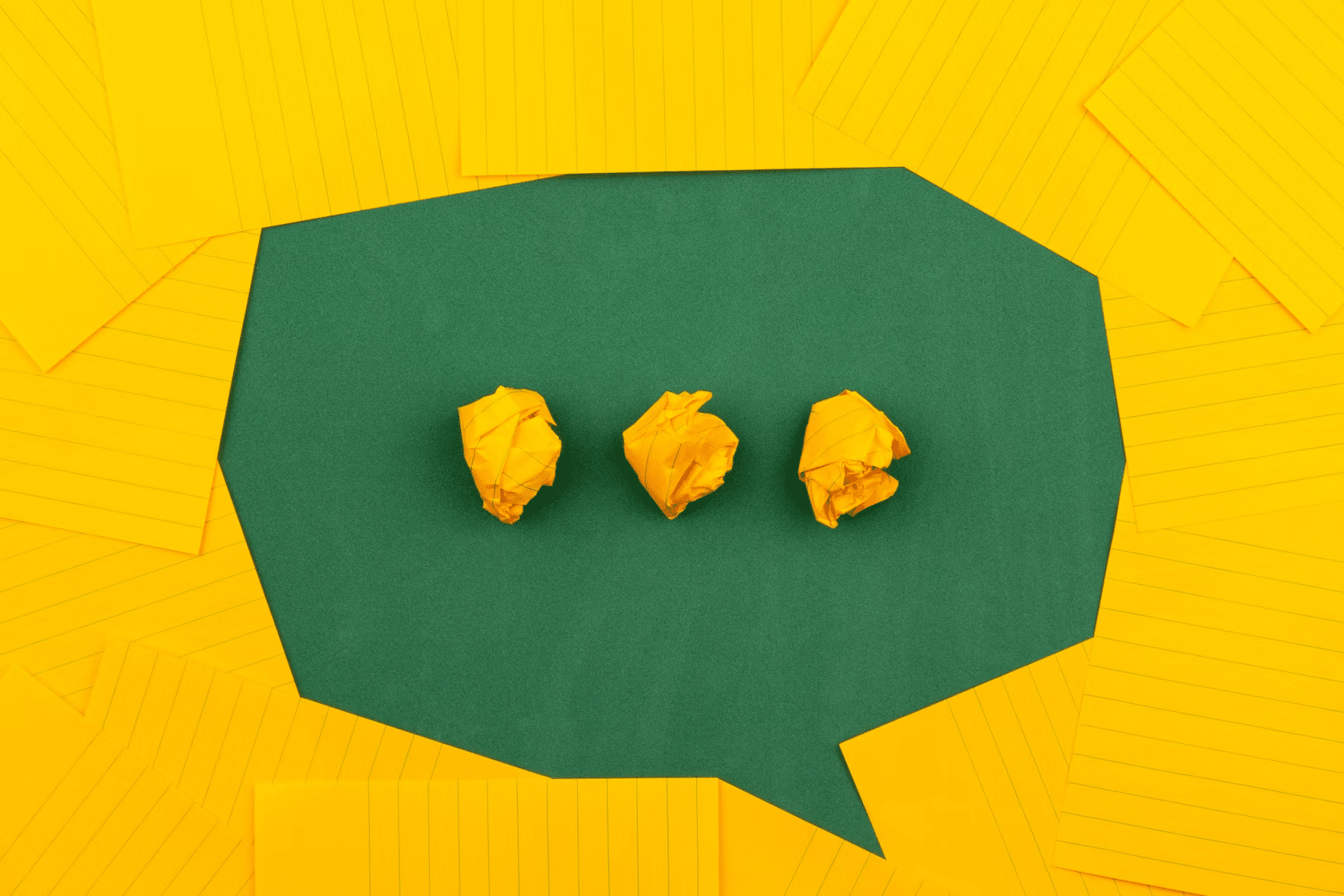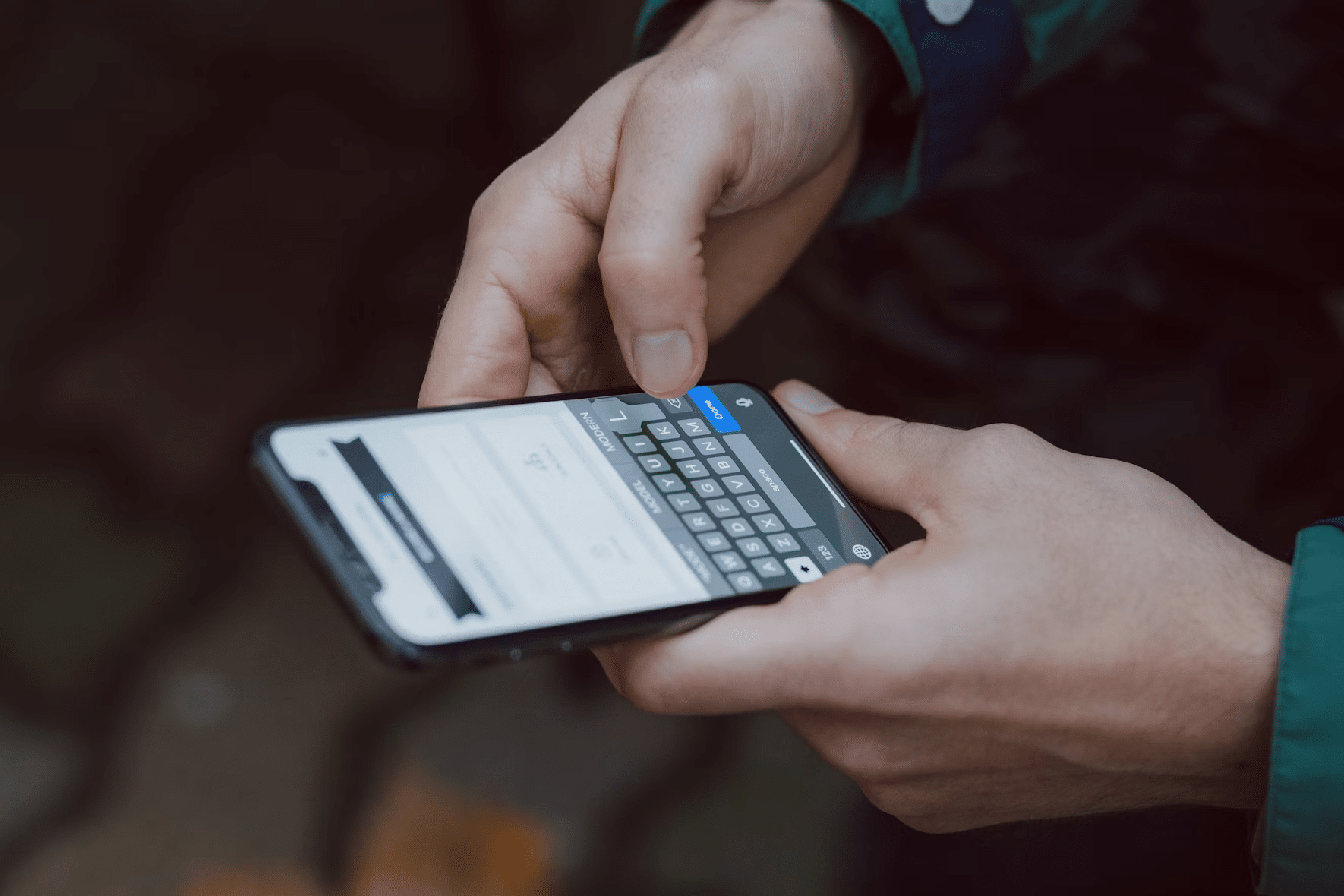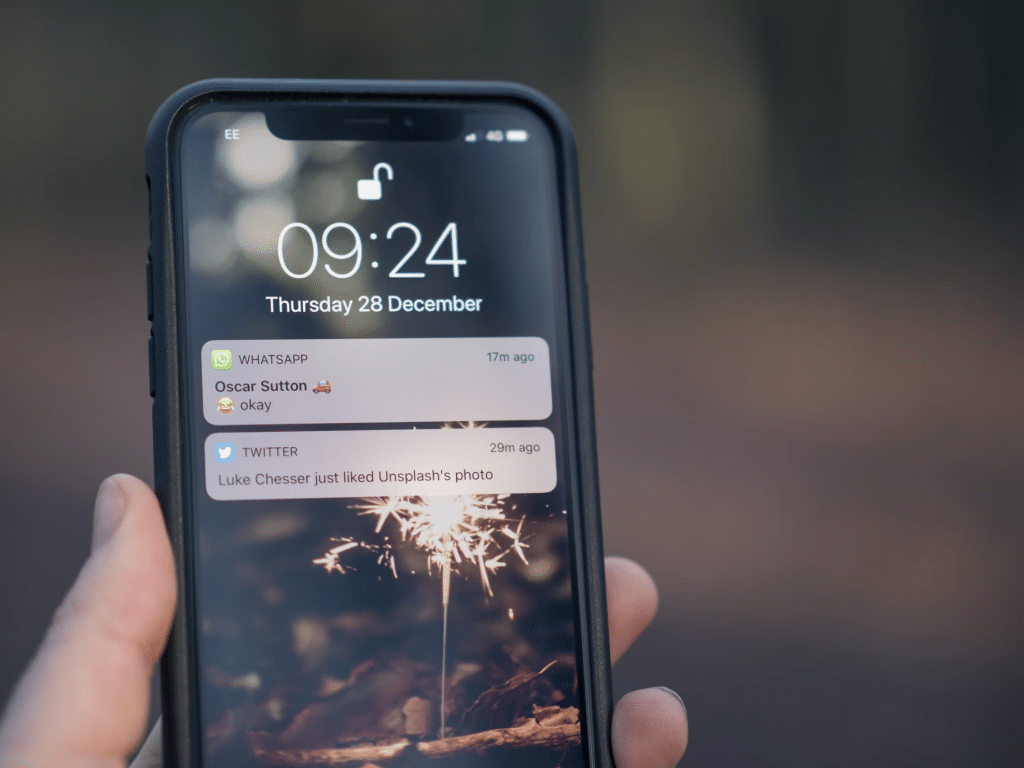Sometimes we want to contact someone personally, but sending a message can be scary and doesn’t always land as intended. Crafting the right message strategy can drastically improve your success rate, ensuring your outreach stands out in a crowded inbox. Today, we’ll explore why cold outreach on LinkedIn often fails and how to fix it, along with specific tips to create compelling messages that generate replies.
Why cold outreach on LinkedIn fails (and how to fix it)
As with everything, even your cold outreach messages need to grab the recipient’s attention. Immediately. LinkedIn cold outreach usually fails if they do not do that, or if they lack personalization. Many people use generic templates or focus on their own needs, which often comes across as spammy or self-serving. To fix this, approach outreach with the mindset of adding value and making a genuine connection, rather than focusing on getting more leads.

The common mistakes people make in first messages
The first message is crucial in cold outreach, and sadly it’s also where many people go wrong. What are the most common mistakes in first messages?
- Too much self-promotion: Starting off with a pitch about your services without establishing any rapport.
- Lack of personalization: Sending generic messages that feel like a copy-paste job.
- Overly long messages: If the message is too long, people are less likely to read it. Keep it concise while still providing value.
- No clear purpose: Messages that don’t state the reason for the outreach or a clear call to action are usually ineffective.
How to craft messages that get responses
To get responses, your message needs to be tailored, relevant, and concise. Don’t forget to add personalization, value-driven content (focus on the recipient’s needs, not your own) and a clear call to action, such as suggesting a short chat or asking a simple, non-intrusive question.
How to structure a LinkedIn cold outreach message
A well-structured message increases your chances of getting a positive response. Here’s a simple framework to follow:
- Introduction: Briefly introduce yourself and establish some common ground (e.g., a shared connection, industry, or recent activity).
- Personalized comment: Mention something specific about their profile or work to show you’ve done your research.
- Value proposition: Highlight how you can help them or offer something valuable (e.g., insights, solutions to common challenges, or a collaboration opportunity).
- Call to action: Close with a clear and polite request, such as scheduling a brief call or asking a relevant question.
The best message length for a high response rate
When it comes to the length of the message, less is often more. We all receive dozens of messages on the daily, so your outreach should be concise—ideally no more than 3-5 sentences. Get straight to the point and don’t overdo it. People are more likely to read shorter messages.
Using personalisation to stand out
You can personalise your outreach by referencing specific achievements or posts on the recipient’s profile, addressing challenges they may be facing, or even mentioning a shared interest. This effort shows that you’re genuinely interested in them, rather than just trying to sell something.

Should you double-text in LinkedIn outreach?
Many people wonder whether it’s okay to send a second message if they haven’t received a reply. The answer is yes, but it needs to be done carefully to avoid coming across as pushy or spammy.
When following up is beneficial
It happens to all of us – your first message might have been simply missed, or the recipient might have forgotten to reply. People are busy, and a polite follow-up shows persistence without being overbearing.
How to follow up without being spammy
To avoid being spammy, space your follow-up messages at least a few days apart. Your follow-up should be polite, brief, and refer to the initial message. You can also provide additional value in your second message, such as sharing an article, study, or insight related to their field.


